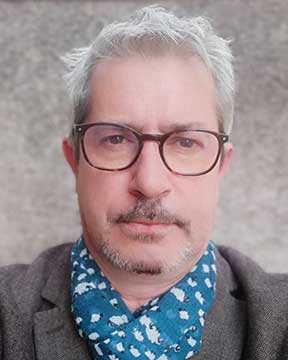
 |
Vincent FournéeInstitut Jean Lamour, CNRS-Université de LorraineQuasicrystals In Two Dimensions: From Metals To Molecules And Oxides. Mizutani International Symposium (6th Intl. Symp. on Science of Intelligent & Sustainable Advanced Materials (SISAM)) Back to Plenary Lectures » |
Abstract:Quasiperiodic structures exhibit long-range order like normal crystals but they lack translational symmetry. Quasicrystals were first discovered as a new class of intermetallic compounds, now comprising hundreds of members in binary and ternary systems. They usually adopt either the icosahedral or the decagonal point group symmetry. The discovery of quasicrystals has led to a paradigm shift in crystallography and has attracted a large interest in the material science community, motivated by unexpected physical properties that could be linked to quasiperiodicity. This remarkable class of materials has also challenged our understanding of metal surfaces. An atomic scale description of their surfaces is especially important, as it forms the basis for understanding and predicting phenomena such as gas adsorption, metal epitaxy, and friction. |
|